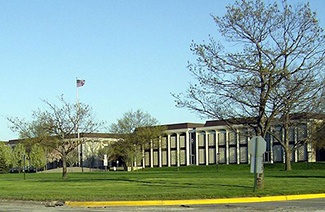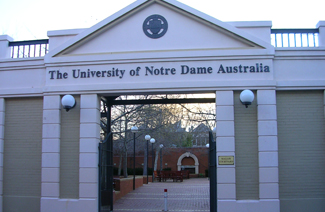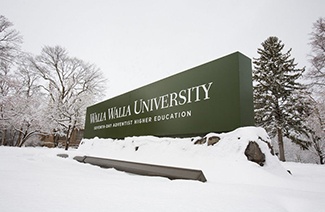GMAT GWD阅读改版综合解析十三!GMAT阅读重在考核考生的分析判断及理解能力,考生可以通过大量的练习来提升这些能力。本文小编为大家带来了GMAT GWD阅读改版综合解析第十三部分。一起来看一下吧。
According to a theory advanced by researcher Paul Martin, the wave of species extinctions that occurred in North America about 11,000 years ago, at the end of the Pleistocene era, can be directly attributed to the arrival of humans, i.e., the Paleoindians, who were ancestors of modern Native Americans. However, anthropologist Shepard Krech points out that large animal species vanished even in areas where there is no evidence to demonstrate that Paleoindians hunted them. Nor were extinctions confined to large animals: small animals, plants, and insects disappeared, presumably not all through human consumption. Krech also contradicts Martin’s exclusion of climatic change as an explanation by asserting that widespread climatic change did indeed occur at the end of the Pleistocene. Still, Krech attributes secondary if not primary responsibility for the extinctions to the Paleoindians, arguing that humans have produced local extinctions elsewhere. But, according to historian Richard White, even the attribution of secondary responsibility may not be supported by the evidence. White observes that Martin’s thesis depends on coinciding dates for the arrival of humans and the decline of large animal species, and Krech, though aware that the dates are controversial, does not challenge them; yet recent archaeological discoveries are providing evidence that the date of human arrival was much earlier than 11,000 years ago.
Q5:
Which of the following is true about Martin’s theory, as that theory is described in the passage?
A. It assumes that the Paleoindians were primarily dependent on hunting for survival.
B. It denies that the Pleistocene species extinctions were caused by climate change.
C. It uses as evidence the fact that humans have produced local extinctions in other situations.
D. It attempts to address the controversy over the date of human arrival in North America.
E. It admits the possibility that factors other than the arrival of humans played a role in the Pleistocene extinctions.
Q6:
Which of the following, if true, would most weaken Krech’s objections to Martin’s theory?
A. Further studies showing that the climatic change that occurred at the end of the Pleistocene era was even more severe and widespread than was previously believed
B. New discoveries indicating that Paleoindians made use of the small animals, plants, and insects that became extinct
C. Additional evidence indicating that widespread climatic change occurred not only at the end of the Pleistocene era but also in previous and subsequent eras
D. Researchers’ discoveries that many more species became extinct in North America at the end of the Pleistocene era than was previously believed
E. New discoveries establishing that both the arrival of humans in North America and the wave of Pleistocene extinctions took place much earlier than 11,000 years ago
GWD6-Q7:
In the last sentence of the passage, the author refers to “recent archaeological discoveries” (lines 36-37) most probably in order to
A. refute White’s suggestion that neither Maritn nor Krech adequately account for Paleoindians’ contributions to the Pleistocene extinctions
B. cast doubt on the possibility that a more definitive theory regarding the causes of the Pleistocene extinctions may be forthcoming
C. suggest that Martin’s, Krech’s, and White’s theories regarding the Pleistocene extinctions are all open to question
D. call attention to the most controversial aspect of all the current theories regarding the Pleistocene extinctions
E. provide support for White’s questioning of both Martin’s and Krech’s positions regarding the role of Paleoindians in the Pleistocene extinctions

















